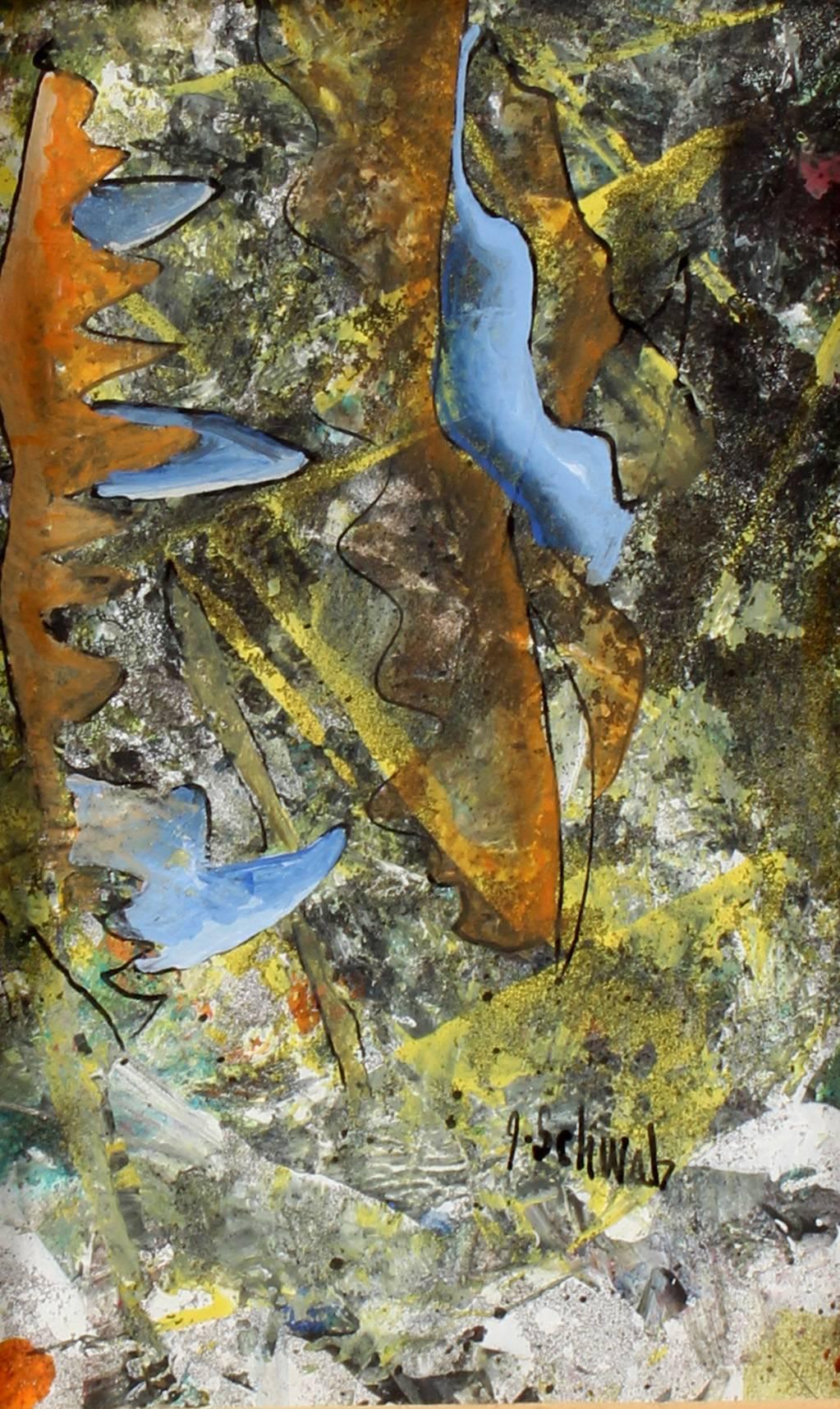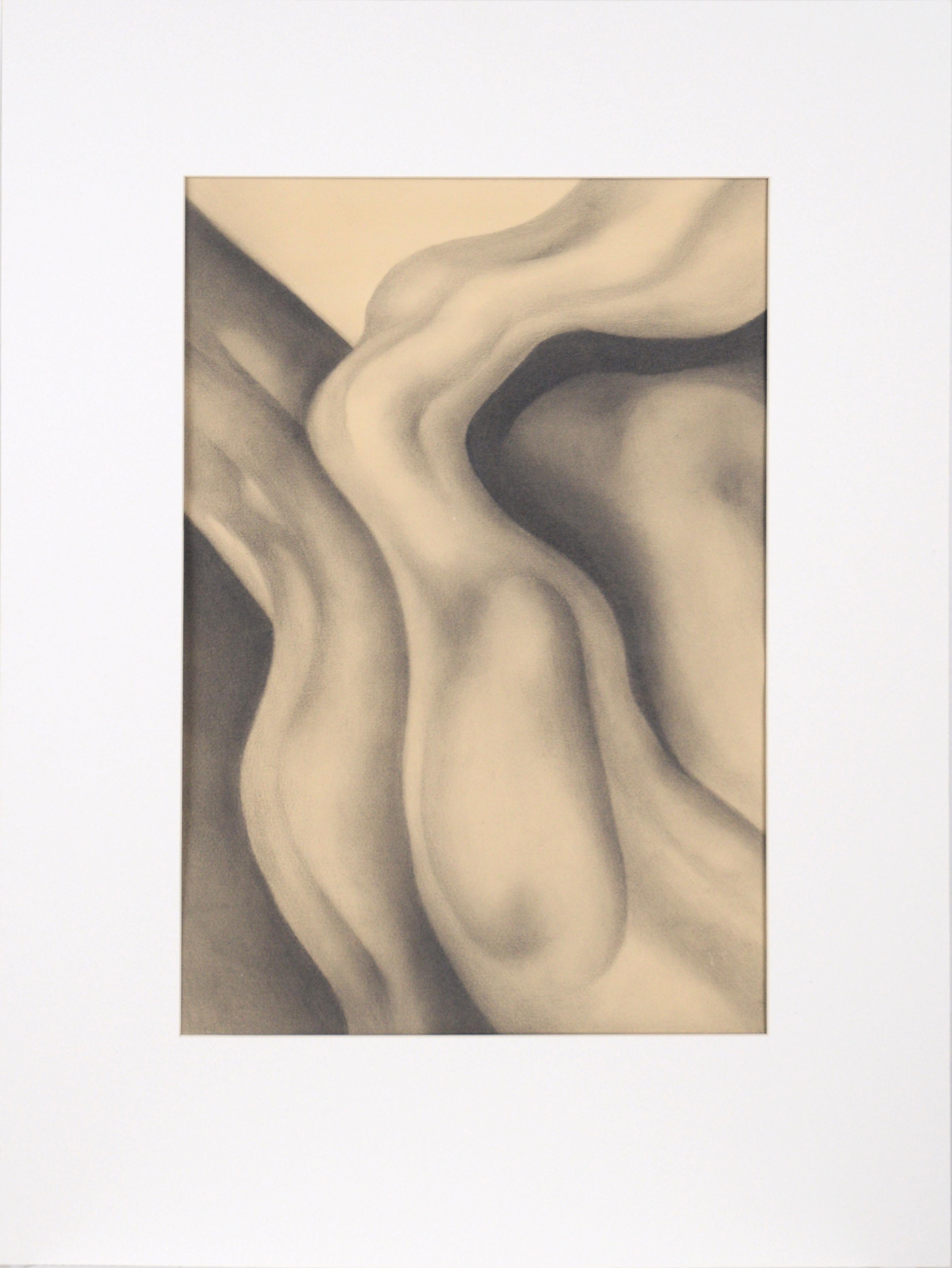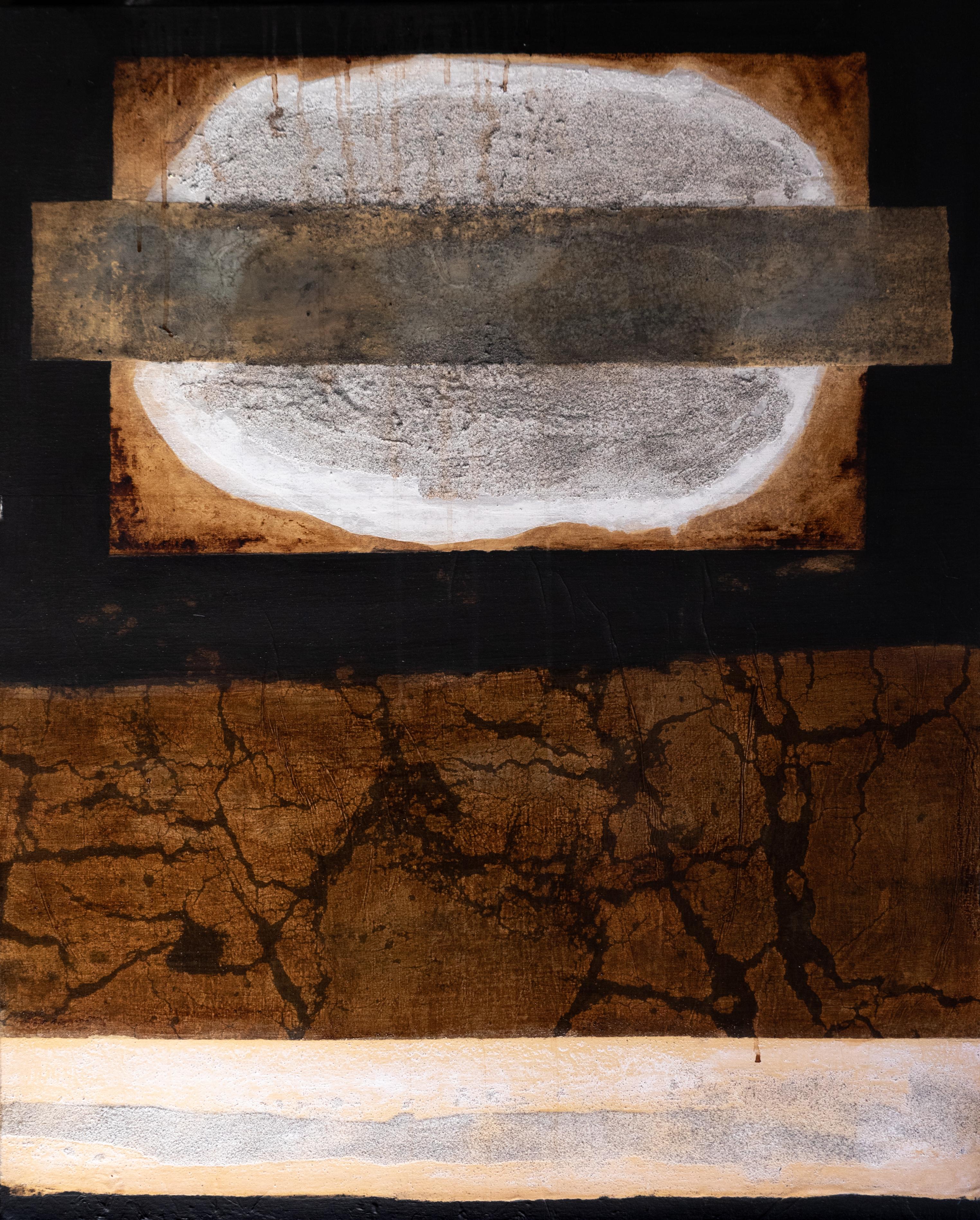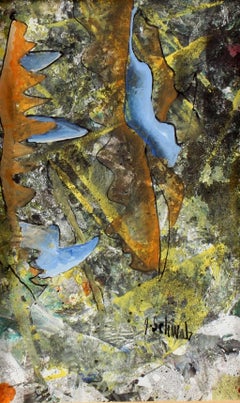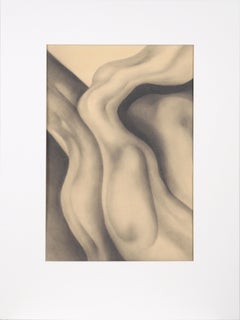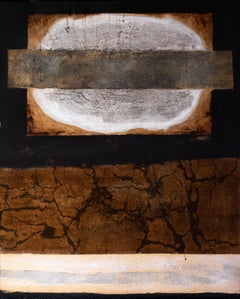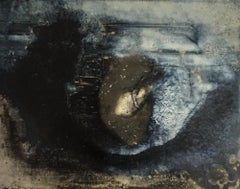Want more images or videos?
Request additional images or videos from the seller
1 of 9
UnknownFrench Abstract1963
1963
$290
£221.53
€254.54
CA$414.64
A$456.83
CHF 236.49
MX$5,500.40
NOK 2,994.47
SEK 2,813.12
DKK 1,900.46
About the Item
Marbled French abstract aquatint of flowing motion, 1963. Signed lower right.
Original artwork on paper displayed on a white mat with a gold border. Archival plastic sleeve and Certificate of Authenticity included. Artwork, 15"H x 11.25"W; mat, 20"H x 16"W.
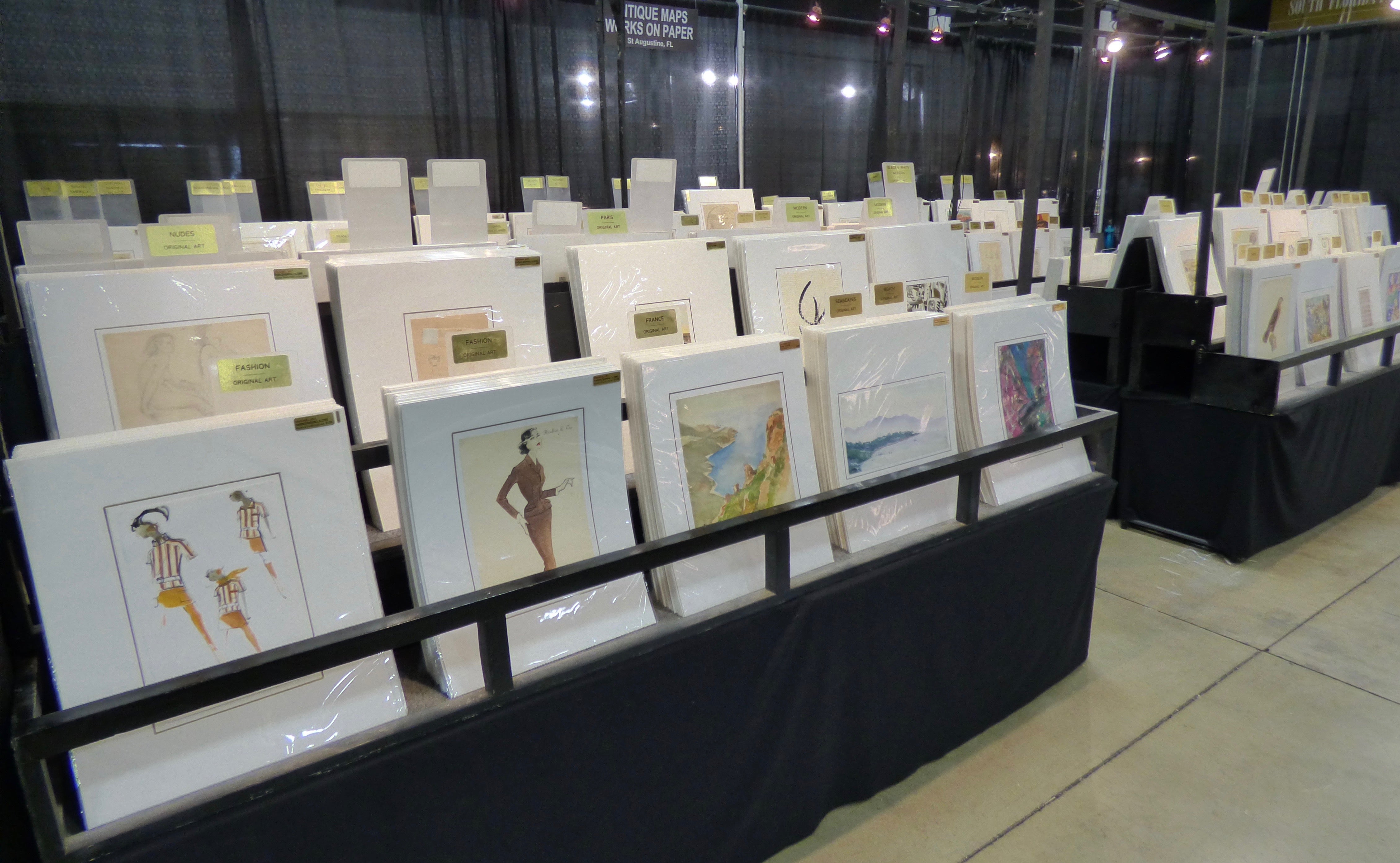
About the Seller
5.0
Platinum Seller
Premium sellers with a 4.7+ rating and 24-hour response times
Established in 2001
1stDibs seller since 2015
1,071 sales on 1stDibs
Typical response time: 1 hour
- ShippingRetrieving quote...Shipping from: Houston, TX
- Return Policy
Authenticity Guarantee
In the unlikely event there’s an issue with an item’s authenticity, contact us within 1 year for a full refund. DetailsMoney-Back Guarantee
If your item is not as described, is damaged in transit, or does not arrive, contact us within 7 days for a full refund. Details24-Hour Cancellation
You have a 24-hour grace period in which to reconsider your purchase, with no questions asked.Vetted Professional Sellers
Our world-class sellers must adhere to strict standards for service and quality, maintaining the integrity of our listings.Price-Match Guarantee
If you find that a seller listed the same item for a lower price elsewhere, we’ll match it.Trusted Global Delivery
Our best-in-class carrier network provides specialized shipping options worldwide, including custom delivery.More From This Seller
View AllFrench Abstract Watercolor
Located in Houston, TX
French watercolor abstract in soothing hues of light yellow, blue and black by Eric Brault, circa 1990.
Original artwork on paper displayed on a white mat with a gold border. Archiv...
Category
1990s Abstract Drawings and Watercolors
Materials
Paper, Watercolor
Abstract
Located in Houston, TX
Bright and colorful ink and watercolor abstract by French artist Jaquel, circa 1990. Signed lower right.
Original artwork on paper displayed on a white mat with a gold border. Mat...
Category
1990s Abstract Drawings and Watercolors
Materials
Ink, Watercolor
$360
Modern French Abstract
Located in Houston, TX
Contemporary acrylic abstract using eye catching hues of orange, red, green and blue, circa 1970.
Original artwork on paper displayed on a white mat with a gold border. Archival
p...
Category
1970s Abstract Paintings
Materials
Acrylic, Paper
$560 Sale Price
20% Off
Vintage French Abstract
By Francois Xavier Marange
Located in Houston, TX
Impressive abstract black and white encaustic engraving utilizing many textures and shapes by Francois Xavier Marange, circa 1970. Signed lower right, titled lower center and numbere...
Category
1960s Abstract Prints
Materials
Ink, Paper
English Abstract Painting - Modern Grass
By Spe
Located in Houston, TX
Modern abstract painting of grass and leaves by artist Spe, 2013. Signed lower right.
Original artwork on paper displayed on a white mat with a go...
Category
2010s Abstract Abstract Paintings
Materials
Paper, Acrylic
Abstract Drawing
By Jorge Miton
Located in Houston, TX
Abstract ink drawing by Spanish artist Jorge Miton, 2005. Signed lower right.
Original artwork on paper displayed on a white mat with a gold border. Archival plastic sleeve and Ce...
Category
Early 2000s Abstract Drawings and Watercolors
Materials
Ink
You May Also Like
Abstract Composition
Located in Buffalo, NY
An original compact mid century watercolor in its original frame presentation.
The work is signed "Schwab" with an illegible first initial.
Category
1960s Abstract Expressionist Abstract Drawings and Watercolors
Materials
Paper, Watercolor, Pen
Biomorphic Abstract
Located in Soquel, CA
Flowing, organic abstract by Unger (20th Century). Several biomorphic shapes are flowing around each other, rendered in high-contrast shading.
Signed and dated "Unger, 1975" on vers...
Category
1970s Modern Abstract Drawings and Watercolors
Materials
Pencil, Postcard
$680 Sale Price
20% Off
French Contemporary Abstract Art by J.-L. Veret - Macadam XIV
By Jean-Luc Veret
Located in Paris, IDF
Acrylic & marouflaged paper mounted on canvas
Jean-Luc Veret is a French artist born in 1953 who lives & works between Paris & Corancy, France. He recognizes himself as a protean ar...
Category
2010s Abstract Abstract Paintings
Materials
Acrylic, Handmade Paper
American Abstract Contemporary Art by Paul Lorenz - January 09, No. 4
By Paul Lorenz
Located in Paris, IDF
Oil, casein & ink on panel
Paul Lorenz is an American artist born in 1961 who lives & works in Buckeye, AZ, USA. With an education in Bauhaus architecture, fine art, and music compo...
Category
2010s Abstract Abstract Paintings
Materials
Ink, Oil, Casein, Panel
Contemporary French Abstract Painting Signed Original Work
Located in Cirencester, Gloucestershire
French contemporary artist,
signed & inscribed verso
oil painting on board, unframed
board: 7 x 6 inches
provenance: private collection, France
condition: very good and sound condit...
Category
2010s Abstract Abstract Paintings
Materials
Oil
$1,089 Sale Price
20% Off
French Contemporary Abstract Art by J.-L. Veret, Lieu-Dit
By Jean-Luc Veret
Located in Paris, IDF
Acrylic & marouflaged paper mounted on canvas
Jean-Luc Veret is a French artist born in 1953 who lives & works between Paris & Corancy, France. He recognizes himself as a protean ar...
Category
2010s Abstract Abstract Paintings
Materials
Acrylic, Handmade Paper
